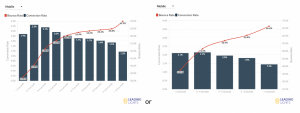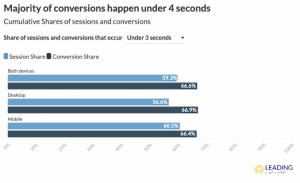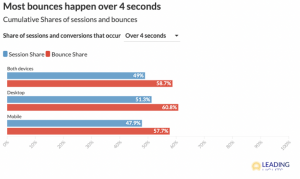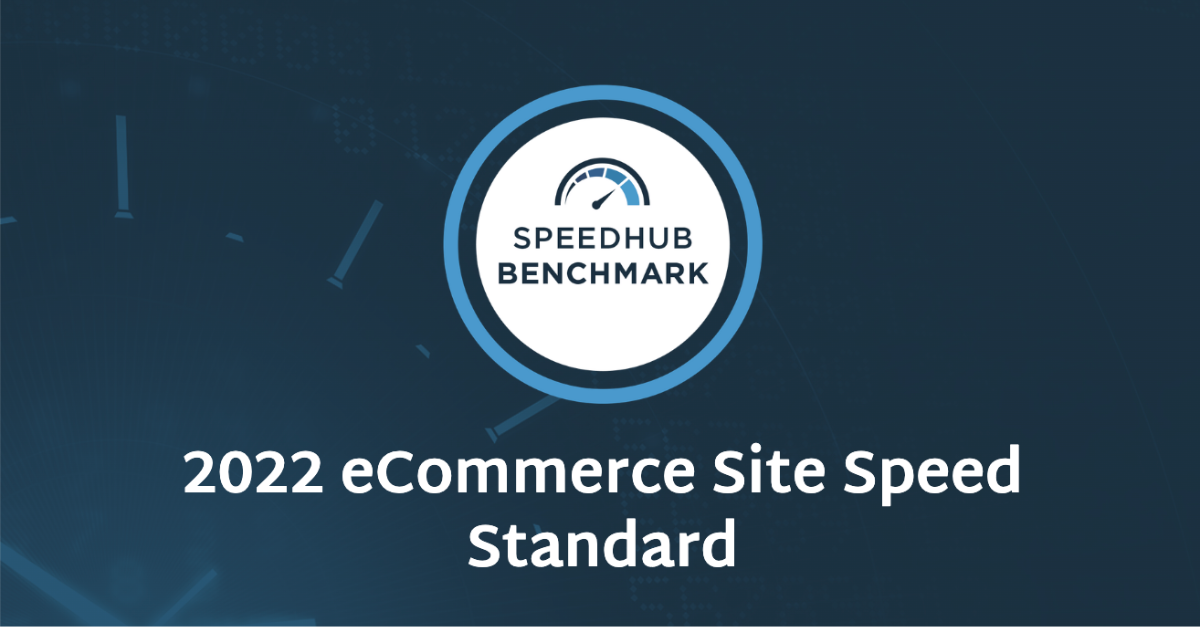Fresh eCommerce Data gathered across 16 Billion Page Views from 250 Leading Brands
The 2022 Site Speed Standard is now available on the eCommerce Speed Hub. This eCommerce benchmark data was collected between March of 2021 and March of 2022 among brands with median monthly page views of at least 2.2 million. The data shows that site speed is a major factor in whether shoppers convert or bounce from eCommerce sites during the shopper journey.
The Need for Speed
The Site Speed Standard confirms that site speed is the single most important factor when it comes to converting online browsers to buyers. The benchmark data reveals the following:
- Saving 1 second of page load time provides a 5.9% increase in conversion rate and decreases bounce rate by 8.9%.
- When page load times exceed 4 seconds, 66% of shoppers bounce.
- When product detail pages (PDPs) are optimized, they load a full 2 seconds faster.
- PDPs and category pages combine for 72% of all page views during the shopper journey.
- Optimized sites save buyers 23 seconds per shopper journey.
The data is clear: online shoppers simply won’t wait for slow sites. The graphic below drives home the fact that slow page load times nearly double the bounce rate. As you can see, the difference between a conversion and a bounce is differentiated by only a matter of seconds.

Conversion Zone or Bounce Zone: The Choice is Yours
The conversion zone is where the amount of converted shopper sessions outpaces overall shopper sessions; it usually occurs when page load times are less than 4 seconds. Conversely, the bounce zone is where the number of bounces outpace shopper sessions; this zone begins when page load times hit 4 seconds and continues to rise as page load times get longer.


Optimizing the Shopper Journey Yields Revenue Increases
Online shoppers view a lot of pages during their shopper journey, with buyers viewing more than a dozen pages per session. Most of this time, over 70%, is spent on PDPs and category pages. If brands can reduce page load times here, they can be assured of higher conversion rates and fewer bounces.
But most PDPs are heavyweight pages – they use 3rd party technologies to engage shoppers and provide a great online shopping experience. 3rd parties are useful, even necessary, but they can also easily drag page load time down to the dreaded 4 second mark where bounce rates begin to increase. Fortunately, page optimization drastically reduces page load times even on heavyweight pages. The Site Speed Standard showed that when heavyweight pages are optimized, they outperform lightweight pages by two seconds.

How are 3rd parties on your eCommerce site performing? Check out the 2022 eCommerce Technology Index to find out.
If eCommerce brands optimize the shopper journey, they can reduce wait times by 23 seconds. When we remember that reducing page load times by just a single second provides a 5.9% increase in conversion rate and decreases bounce rate by 8.9%, 23 seconds represents a big increase in revenue.
There’s no longer any doubt that faster site speed is directly linked to higher conversion rates. Make sure your eCommerce site is performing as well as it needs to. Get the full 2022 Site Speed Standard benchmark HERE.

